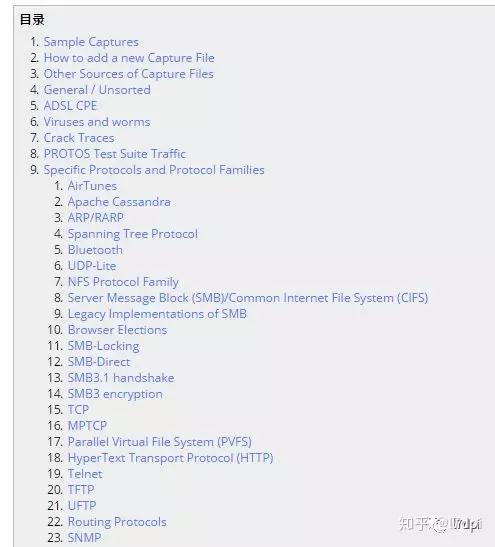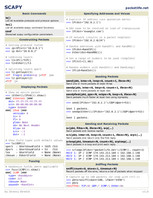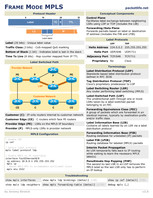
To get a quick peek in what and how Wireshark works these are the steps.

This time, Wireshark tries to get every single piece of information and put it into the packet details pane. In this run though, only the information shown in the packet list pane is needed.Īs the user selects a specific packet in the packet list pane this packet will be dissected again. Wireshark tries to detect the packet type and gets as much information from the packet as possible. While Wireshark is loading packets from a file each packet is dissected. In addition to this, as one of its strengths, Wireshark can read and write files in many different file formats of other network capturing tools. Wireshark can read and write capture files in its natural file formats, pcapng and pcap, which are used by many other network capturing tools, such as tcpdump. These libraries provide a general-purpose interface to capture packets and are used by a wide variety of applications. To hide all the low-level machine dependent details from Wireshark, the libpcap and Npcap libraries are used.

It’s only this program that needs these privileges, allowing the main part of the code (dissectors, user interface, etc) to run with normal user privileges. Since raw network adapter access requires elevated privileges these functions are isolated into the dumpcapprogram. That’s why we have different display and capture filter syntaxes.Ĭapturing takes packets from a network adapter and saves them to a file on your hard disk. The filtering in Npcap and libpcap works at a much lower level than Wireshark’s display filters and uses a significantly different mechanism. These are separate libraries that provide packet capture and filtering support on different platforms. This is the only part that is to execute with elevated privileges. The wiretap library is used to read and write capture files in libpcap, pcapng, and many other file formats.

Main “glue code” that holds the other blocks together. Source code can be found in the ui/qt directory. Handling of all user input/output (all windows, dialogs and such). Because of that, it is very easy for people to add new protocols to Wireshark, either as plugins, or built into the source, and they often do! Wireshark is an open source software project and you can freely use Wireshark on any number of computers you like, without worrying about license keys or fees or such.Īll source code is freely available under the GPL.


 0 kommentar(er)
0 kommentar(er)
